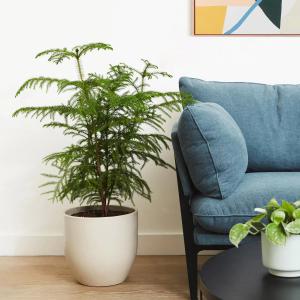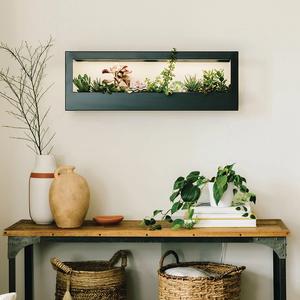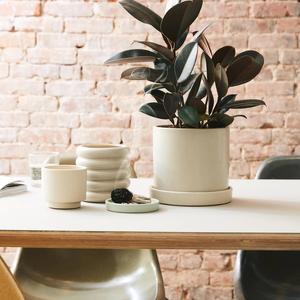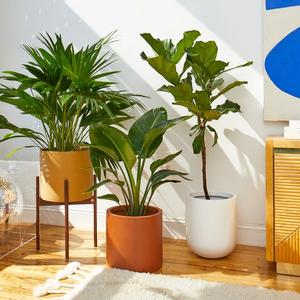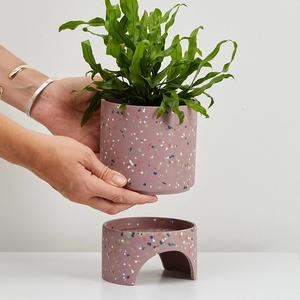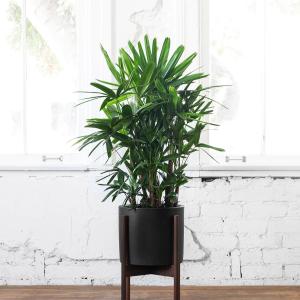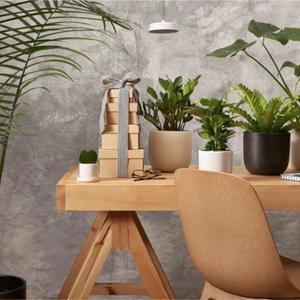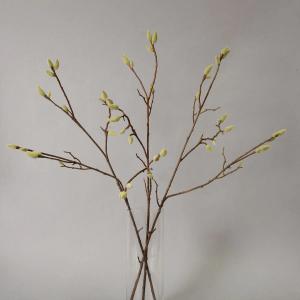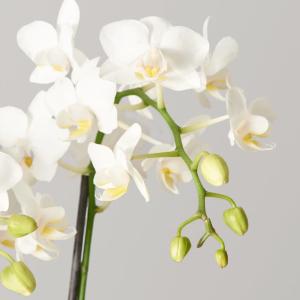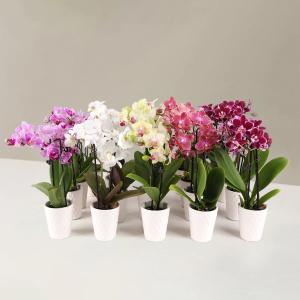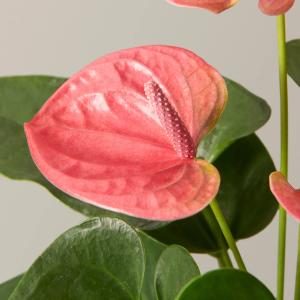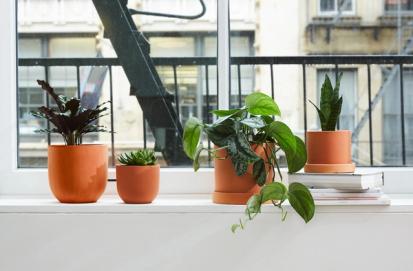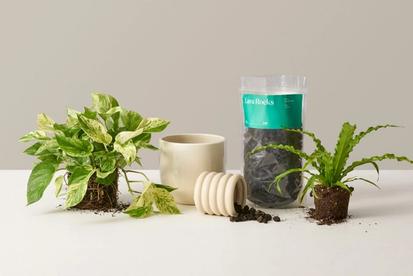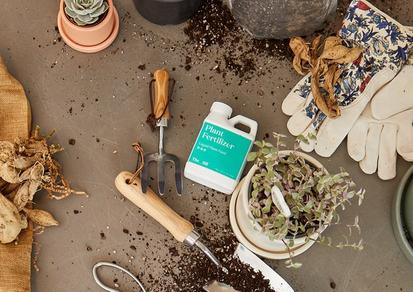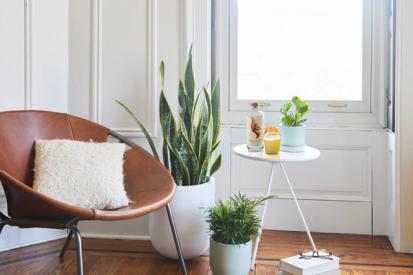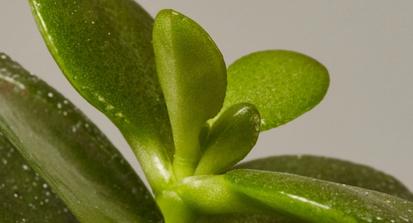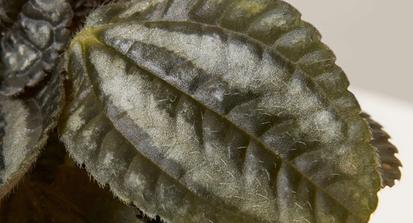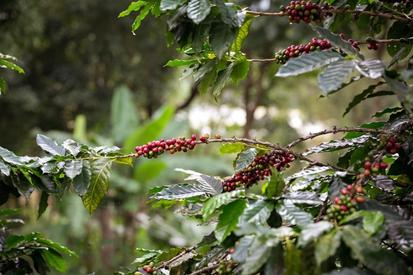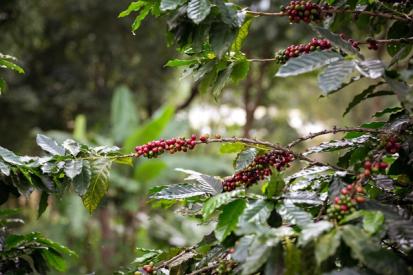First things first: We do not recommend using leaf-shining products on your houseplants. Many commercial plant shine products are on the market, and many retailers use them to beautify their plants. That said, leaf shine products can do more harm than good.
Plants have tiny pores called stomata, which are crucial for many plant functions. During the process of respiration, stomata allow oxygen to pass through. During the process of photosynthesis, stomata allow carbon dioxide to pass through. And during the process of transpiration, stomata allow water vapor to pass through. Many leaf shine products clog these openings with oil or wax, limiting the essential gas exchanges stomata play a crucial part in.
Even if the leaf shine product claims to be clog-free, its residue can attract more dust and debris, leaving you with a plant that’s not all that shiny in the end. The foliage becomes more challenging to clean, and you find yourself in an endless cycle of cleaning and re-shining.
Of course, we think plants are already gorgeous—but if you want to enhance their foliage, there are safer ways to help their natural beauty shine without sacrificing the plants’ health.
Clean plants’ leaves with a damp cloth.
Wet your cloth (or sponge) and wring out any excess water. Support each leaf by placing one hand gently underneath, and wipe down the top of the leaf with your other hand, moving away from the stem. Then repeat on the underside of the leaf, which is where common houseplant pests usually like to hide. For delicate or tiny leaves, try using a soft brush.
Shower your houseplants.
A gentle, lukewarm shower is a great option for all plants, but particularly for plants with many leaves. Carefully run your hands through the foliage to ensure that the water washes the leaves’ undersides. This method works great for moisture-loving ferns, orchids, and palms. Just be wary that you don’t overwater your plant in the process (only shower plants in planters with drainage holes) and that you gently shake excess water off the leaves afterward.
Clean leaves with a bit of soapy water.
If water alone is not enough, try a mixture of all-natural liquid soap and water. You can dip a soft cloth in the soap and water solution and wipe the leaves carefully, or you can lather your hands with the solution and gently apply it to the plant. Clean both the top and bottom of the plant’s leaves; cleaning the undersides may help remove potential plant pests. Once complete, thoroughly rinse the plant of the soapy mixture and shake off excess water.
Or opt for a mixture of vinegar and water or lemon juice and water.
Mixing vinegar with water is also effective at eliminating residue buildup on leaves. However, be careful not to overdo it. Start by mixing one teaspoon of vinegar with about a gallon of water. Then dip a soft cloth in the mixture and apply it gently to your plants’ leaves. Bonus: The vinegar scent is excellent at repelling pests or curious pets. As an alternative to vinegar, you can use lemon juice. Lemon juice and vinegar act as an acid and help to dissolve mineral salts. Unlike the vinegar and water mixture, lemon juice and water won’t rid your plants of pests, but it will dissolve mineral deposits from hard tap water on your leaves.
Words By The Sill
Empowering all people to be plant people—a collection of articles from The Sill’s team of plant experts across a variety of plant care topics to inspire confidence in the next generation of plant parents. Welcome to Plant Parenthood™.


